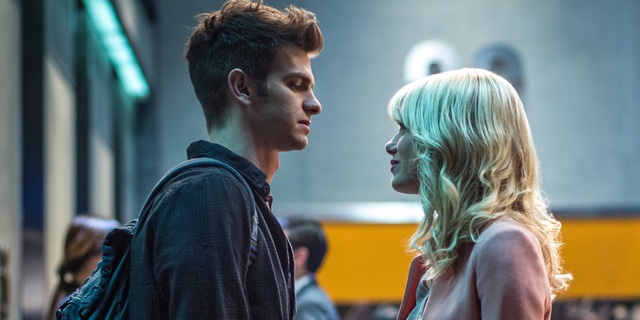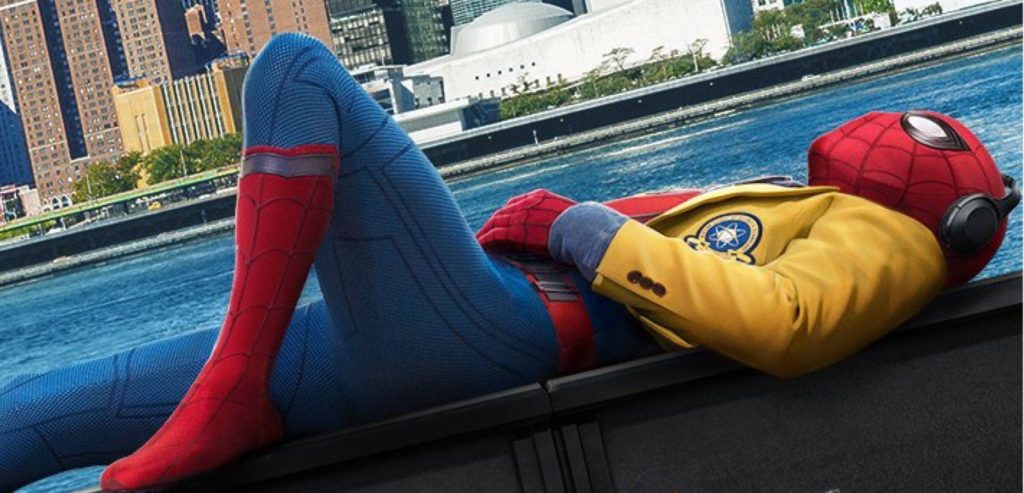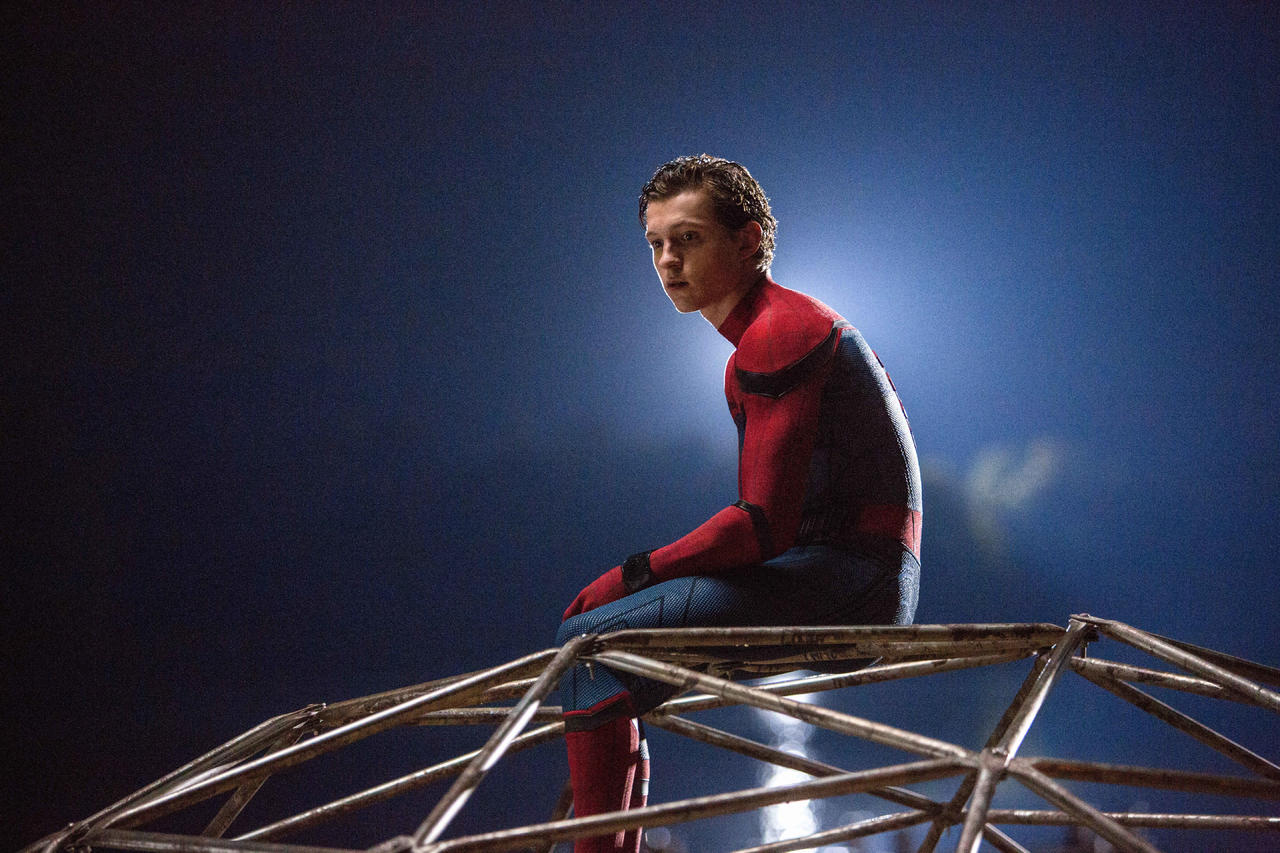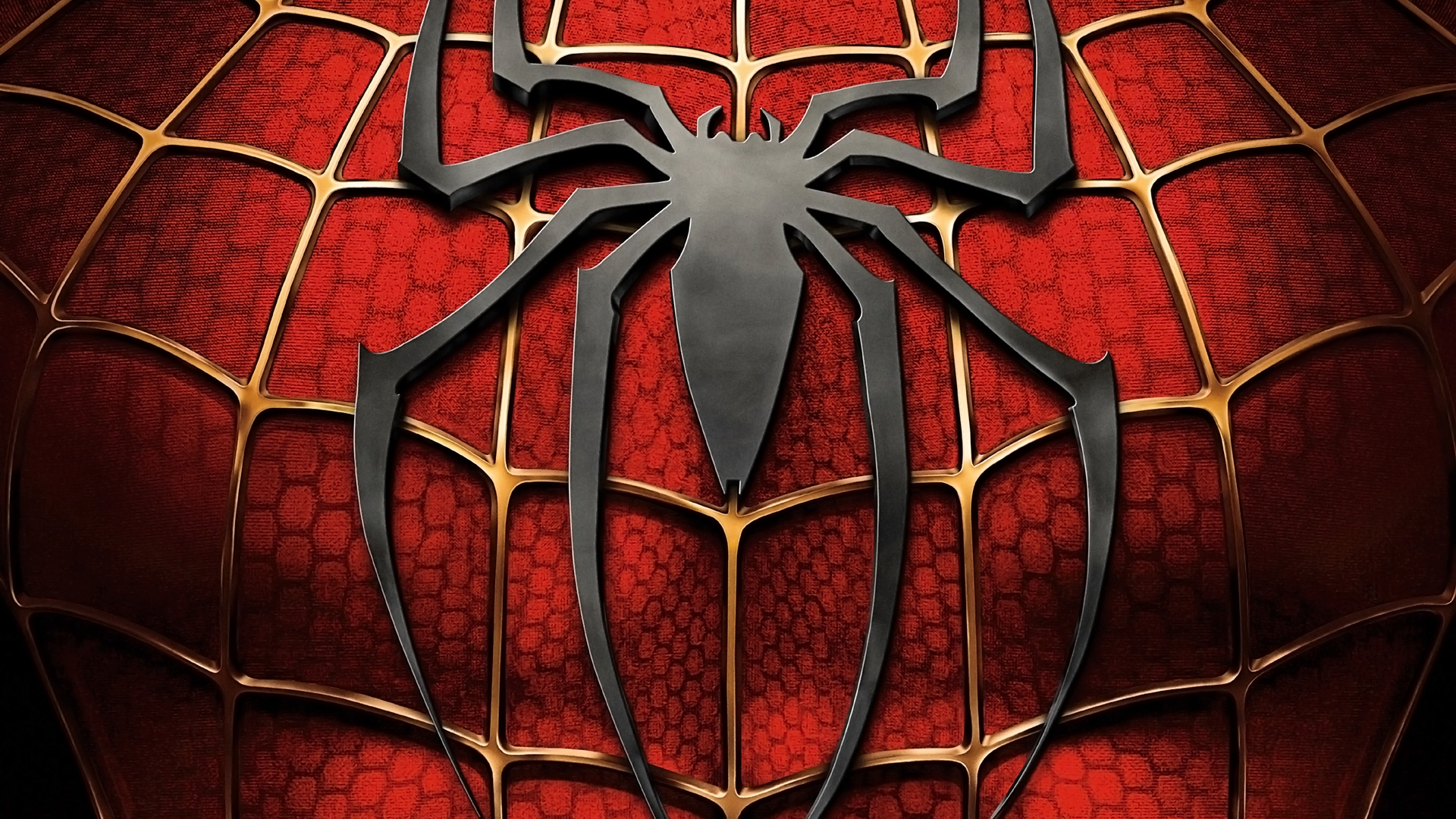There is no denying that wherever Spider-Man is located, there is money to be made. Spidey has connected with comic book fans since 1963 as the everyman hero, often being plagued by his bad Parker luck and circumstances that many people can relate to. Dealing with day to day situations in nearly every issue, Peter tackled adolescent learning curves, all while maintaining his childish albeit well-mannered nature.
Many of the readers have grown up as Peter has aged himself. “With great power comes great responsibility”, these words have been etched in the minds of readers, and fully sum up just what Peter represents in terms of his values and morals as a hero. The Spider-man comics have also given rise to some of the most complex and interesting villains this side of Batman, such as the Kingpin, Punisher, Green Goblin and Doctor Octopus.
Spider-Man: Homecoming is going to grace our screens this July, with yet another Peter Parker adventure. Spidey has seen huge success and utter failure when it comes to the big screen, with Toby Maguire’s Peter Parker being the definitive version that set the bar for a generation of comic book movies, before falling into obscurity in various sequels. The big question is, how can such a successful and iconic character with so much depth start off sizzling, but end up fizzling?
The Rise Of A Hero
Sam Raimi (acclaimed director of the Evil Dead franchise) first brought Spidey to the big screen in 2002 for Sony, following the success of the Blade and X-Men films. Raimi’s Spider-Man hit all of the right chords, making Peter feel like an everyday graduate struggling to make ends meet, who has an awkward crush on his childhood sweetheart and girl next door.
It’s these character driven moments that make the original Spider-Man movie shine. Viewers are drawn into caring about each person in their role. While the costumes look dated and Green Goblin was some sort of weird Power Rangers villain, the crux of the movie featured strong characterisation between the cast. The visual effects were also a big draw of the movie, using new technology and filming techniques to really bring the web-crawler to life. Raimi demonstrated the ability to blend epic set pieces with the quieter moments to keep people caring about the overall plot.
Toby Maguire was superbly cast in this film as the dorky protagonist. He demonstrated the ability to represent an average high schooler going through all of the growing pains people do when at that stage of their life. Maguire’s vast acting range resonated with viewers in key scenes such as Uncle Ben dying, and the reveal of his mentor and father figure as his greatest enemy. The casting was perfect. Willem Dafoe was a strong Norman Osborn, although maybe not so much Gobbie, and Kirsten Dunst fitted the girl next door persona for Mary Jane Watson to a tee.
Supporting members also filled their roles well with J. Jonah Jameson played incomparably by J.K Simmons and Harry Osborn by James Franco.Everything blended and moulded together almost without fault, reflecting Peter’s status quo in the comics. He is a good guy who does what he does for the love of his family and friends; not seeking praise from the masses, all while being shunned as a menace by the media. Spider-Man could have easily been a one-off film and stood on a pedestal for the ages as one of the true great superhero movies. Based on its success though, it was inevitable that a sequel would be released, and what a sequel it was. To this day Spider-Man 2 is considered the pinnacle of superhero movies for its ability to create a complex and compelling villain. Doctor Octopus is played impeccably by Alfred Molina, providing humanity and depth to the character. One of the major problems with superhero movies is the simplicity and lack of proper motive of the villain. This is something that future Spider-Man films also struggled with. Their villainous motives often go unexplored. Octavius remains human, dealing with grief, sacrificing himself to save the city rather than let it be destroyed. It is an act of redemption in the eyes of Peter and the viewer.
To this day Spider-Man 2 is considered the pinnacle of superhero movies for its ability to create a complex and compelling villain. Doctor Octopus is played impeccably by Alfred Molina, providing humanity and depth to the character. One of the major problems with superhero movies is the simplicity and lack of proper motive of the villain. This is something that future Spider-Man films also struggled with. Their villainous motives often go unexplored. Octavius remains human, dealing with grief, sacrificing himself to save the city rather than let it be destroyed. It is an act of redemption in the eyes of Peter and the viewer.
The audience is captivated and able to feel everything that Octavius is going through after his failed experiment and downfall into the madman he becomes. Harry Osborn had emotional growth overcoming his father’s death at the hands of Spider-Man, while Peter took responsibility for Uncle Ben and Norman’s death. Like its predecessor, the focus was more on the heart of Spidey’s characters, instead of visual effects and set pieces.
An Entangled Web
It wasn’t until the third movie that Spider-Man began the fall from grace. Plagued by overcrowding, poor characterisation and a convoluted story, the film fell short. With three villains, many short cuts and sacrifices were made preventing further exploration of key elements. It is understandable where Raimi was trying to go with Sandman, he too is a compelling villain much like Octavius. Ultimately this fell short, in no small part thanks to corporate interference from Sony trying to cash in on big names like Venom and Green Goblin cheaply.
The movie was also plagued by a trend occurring in the mid-2000’s of making everything dark and brooding. Spidey is a symbol of optimism and while he does have dark days and stories, these are often outshined by his wit and humour. Maguire’s performance sorely lacked these qualities, even giving us a terrible emo dance number. Spider-Man 3 was the exact definition of too much of a good thing. The entire movie felt rushed, but sluggish at the same time. Eddie Brock (Topher Grace) was miscast, and should have been a supporting character from the first or second movie to get viewers to care about his turn to Venom. Harry’s Proto-Goblin persona was a severe misstep as well, as the design was cheesy and severely impractical, reflecting the skater trend that was also prominent during the film’s release. Regardless of all this, the movie was still a huge financial success, reaching $890 million worldwide. However, much like the Transformers films, big budget and financial performance does not a good movie make.
Eddie Brock (Topher Grace) was miscast, and should have been a supporting character from the first or second movie to get viewers to care about his turn to Venom. Harry’s Proto-Goblin persona was a severe misstep as well, as the design was cheesy and severely impractical, reflecting the skater trend that was also prominent during the film’s release. Regardless of all this, the movie was still a huge financial success, reaching $890 million worldwide. However, much like the Transformers films, big budget and financial performance does not a good movie make.
The Rebirth
Sony realised the movie was ultimately flawed, despite making an abundance of money, and ultimately cancelled Raimi’s proposed Spider-Man 4. Instead Sony opted to start fresh, rather than correct mistakes made in Spider-Man 3, with a new Peter Parker and a new film universe. In The Amazing Spider-Man, Andrew Garfield and Emma Stone share the lead roles in a call back to the comics, as Peter Parker and original love interest Gwen Stacy respectively. Their performances were genuine and they had a great connection, but beyond that, the movie really lacked the heart that the previous films had.
The movie suffered from revisiting too many already established elements. We got another origin story of Spider-Man, albeit with new twists linking it all to Oscorp and Norman Osborn. There are some great action sequences and suit changes (web cartridges were a welcome addition). Unfortunately, we were presented with another bland villain who had little depth, ridiculous plot devices, and an angsty teenage Peter Parker played by a 30-year-old. ASM is not a perfect film by any stretch, it could have been worse. The movie set up some plot devices that could be explored further in future movies. Keeping Norman Osborn on the sidelines while using his company as a looming figure was a wise move. When The Amazing Spider-Man 2 was announced it was an exciting prospect to think what new villains like Electro and Rhino could potentially bring to the table. Plot points introduced in the first movie could be touched upon and set up a rich new plethora of sequels. Unfortunately, when it was released the disappointment could not have been more severe. The movie was plagued by Spider-Man 3 syndrome, cramming too many villains into a campy plot reminiscent of Batman And Robin, all the while trying to keep the villains more grounded like in the Christopher Nolan Batman movies.
When The Amazing Spider-Man 2 was announced it was an exciting prospect to think what new villains like Electro and Rhino could potentially bring to the table. Plot points introduced in the first movie could be touched upon and set up a rich new plethora of sequels. Unfortunately, when it was released the disappointment could not have been more severe. The movie was plagued by Spider-Man 3 syndrome, cramming too many villains into a campy plot reminiscent of Batman And Robin, all the while trying to keep the villains more grounded like in the Christopher Nolan Batman movies.
It seems strange that a giant lizard creature can be running around, but not a human rhino. ASM2 had a whopping 3 main villains and roughly 4 minor villains introduced, one of which is a deceased Norman Osborn. It was overstuffed with comic book references, villains, secondary characters, and ridiculous subplots surrounding Peter’s parents and the link to Oscorp. The love story between Gwen and Peter is the only thing that saves the movie from being a complete mess. However, the interactions between Gwen and Peter play second fiddle to a nonsensical plot and CGI characters.

When Money Trumps All
Sony’s problems with Spider-Man essentially boil down to marketing and revenue. Generating money is a bigger motivation at the expense of the character. While Spider-Man movies will always perform due to the popularity of the character, much like Batman, many of the movies fall to the blockbuster effect. The regular offences involve over the top plot devices, epic scale set pieces and action and cramming in as many pop culture references as possible to appease fans.
The core elements of Peter’s character are his good-natured personality, morals and the way he interacts with others. He uses humour as a defence mechanism, he is young and idealistic, while also wanting to save everyone at any cost. Peter has built a unique rapport with many of his villains through extensive battles or circumstances that cannot simply take place in one movie.
Sony struggles to comprehend this handling of the character, possibly because he was excluded from the greater Marvel Universe. Much of his superhero persona is developed within the comics through interaction and friendship to other properties not owned by Sony like Daredevil and the Fantastic Four. Selling joint ownership to Marvel will allow the property to grow within the Marvel Cinematic Universe with writers and creators that have an understanding of the core elements that make Peter Parker tick. While Sony initially built Spider-Man into a successful franchise, through lack of understanding the character and presumably corporate greed, they have ended up doing a disservice to a great character.
Another Chance To Be A Hero
Marvel has had time to build their universe with various characters. The inclusion of characters like Iron Man and Captain America in Spider-Man: Homecoming will not be at the expense of their characters, as they are well established prior to the film’s release. Tony Stark has been developed over roughly seven movies. We know he is an arrogant jerk, but also a person who is a tried and true hero who has learnt from his mistakes. While the cast list seems big, having a minor villain like Shocker and a major villain like Vulture can help build the universe, giving it a sense of scope.
Spider-man works well with the street level crime but isn’t afraid to deal with larger scale threats. Homecoming can be a rebirth for Peter, establishing Spidey within his recognised status quo of a high school. Back to being a student struggling to balance his studies with his superhero duties, while trying to maintain a secret identity will be a nice change for the movie version of the character. A big key to the success of Homecoming and other Spider-Man ventures going forward is avoiding over-stuffing for the sake of it. Marvel has the opportunity to introduce villains from Spider-Man’s vast rogue’s gallery as minor characters in Homecoming and other upcoming movies, much like they have done with other characters in the cinematic universe. Hawkeye was introduced in Thor as a minor cameo, and Black Widow had a minor role in Iron Man 2. Having Shocker or other D-list villains show up in an episode of Daredevil entangled in webs would also aid in establishing Spidey as an ever-present figure in the Marvel Cinematic Universe.
Marvel has the opportunity to introduce villains from Spider-Man’s vast rogue’s gallery as minor characters in Homecoming and other upcoming movies, much like they have done with other characters in the cinematic universe. Hawkeye was introduced in Thor as a minor cameo, and Black Widow had a minor role in Iron Man 2. Having Shocker or other D-list villains show up in an episode of Daredevil entangled in webs would also aid in establishing Spidey as an ever-present figure in the Marvel Cinematic Universe.
Repeating plot points already visited in other movies, such as the death of Uncle Ben should also be avoided. These should be reserved for quick flashbacks to move forward with the plot. Even Batman still suffers from the death of his parents being played out in every movie that he is in.
For Spider-Man to be a success, Marvel and Sony need to strip back the character to focus on the fundamentals. He will always be a financial success, but to have longevity, he needs to be able to resonate with the fans of both the comics and movies alike. Tom Holland so far has been the perfect personification of Peter Parker in my opinion. He is witty, innocent, idealistic, geeky and a teenager with an identity crisis.
Holland will grow up in front of viewer’s eyes and each Spider-Man movie could explore the different challenges associated with each age. Tom has huge shoes to fill taking over the reins from Maguire and Garfield, but this author has faith that his shoulders can not only support the weight but help build the future of the Spider-Man franchise within the Marvel Universe.
SPIDER-MAN: HOMECOMING swings into theatres July 6.

